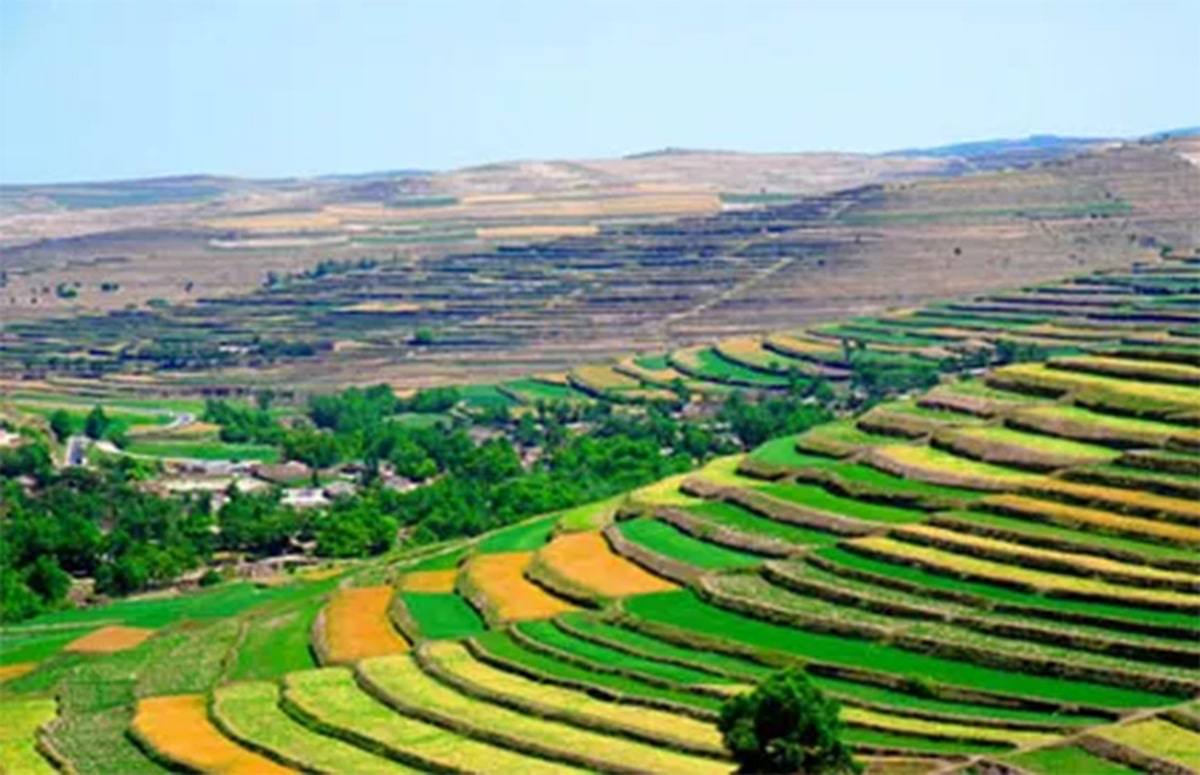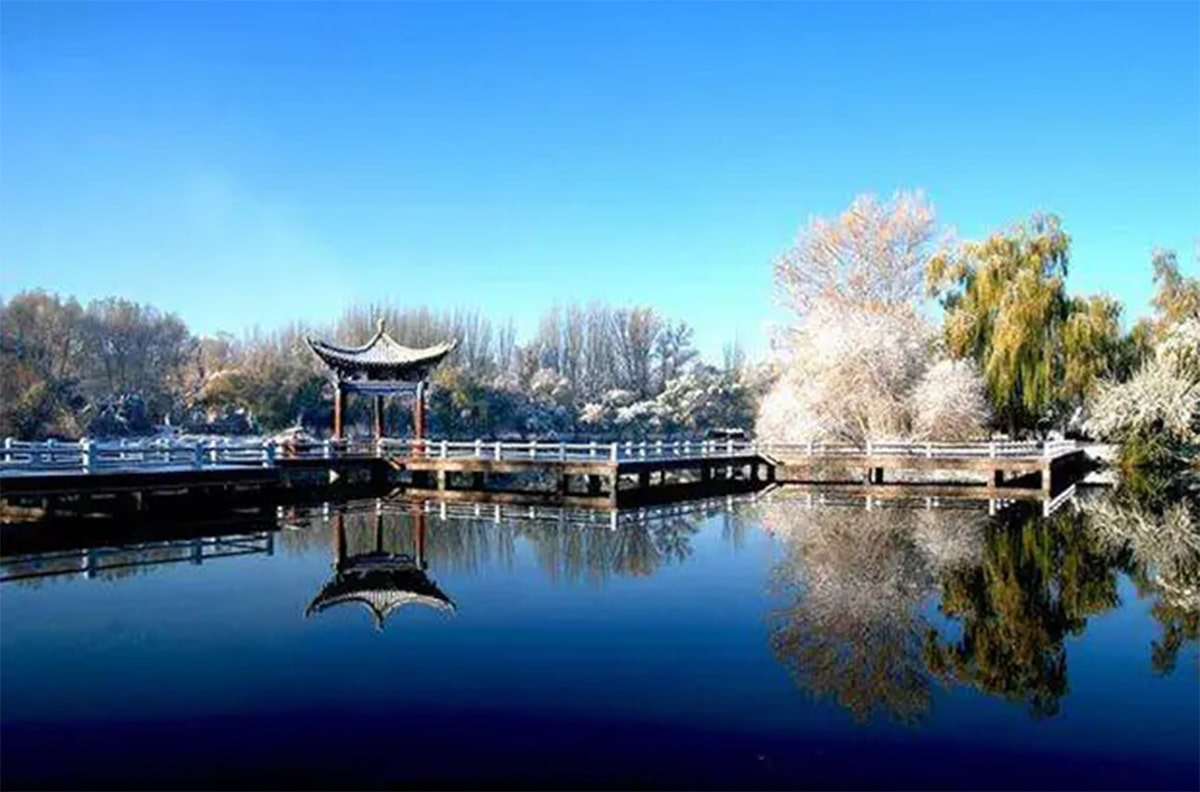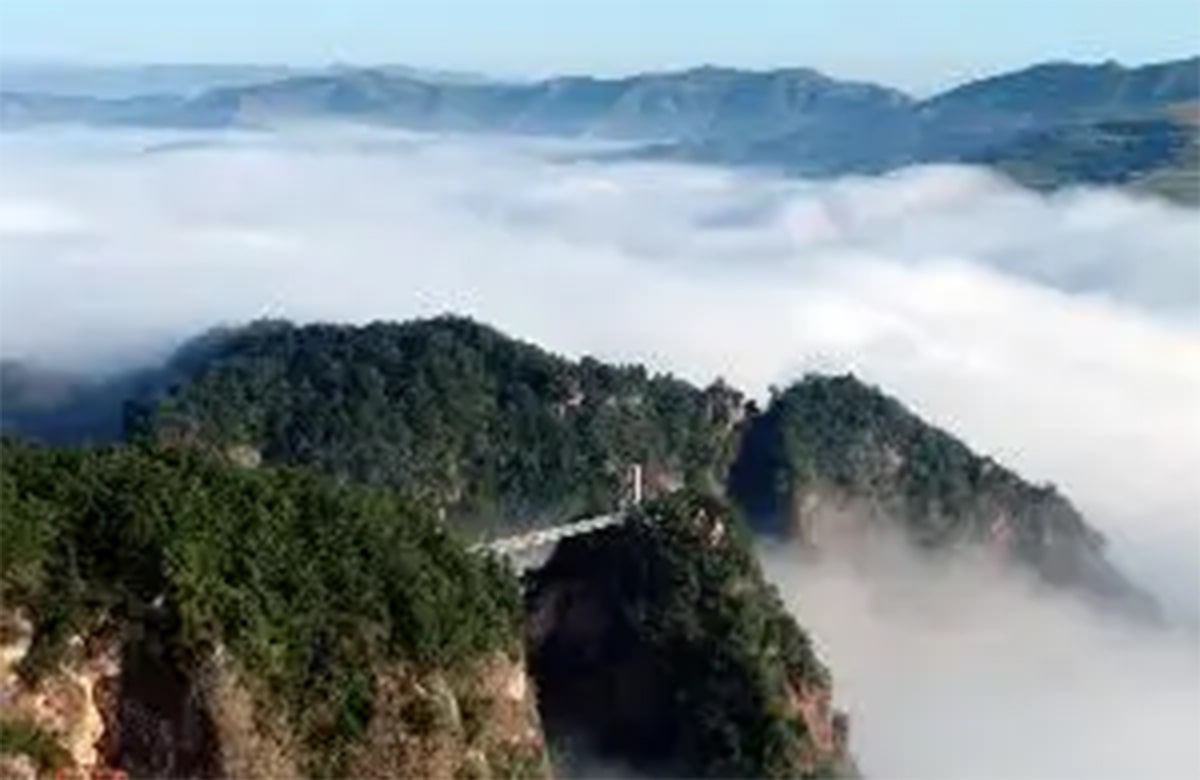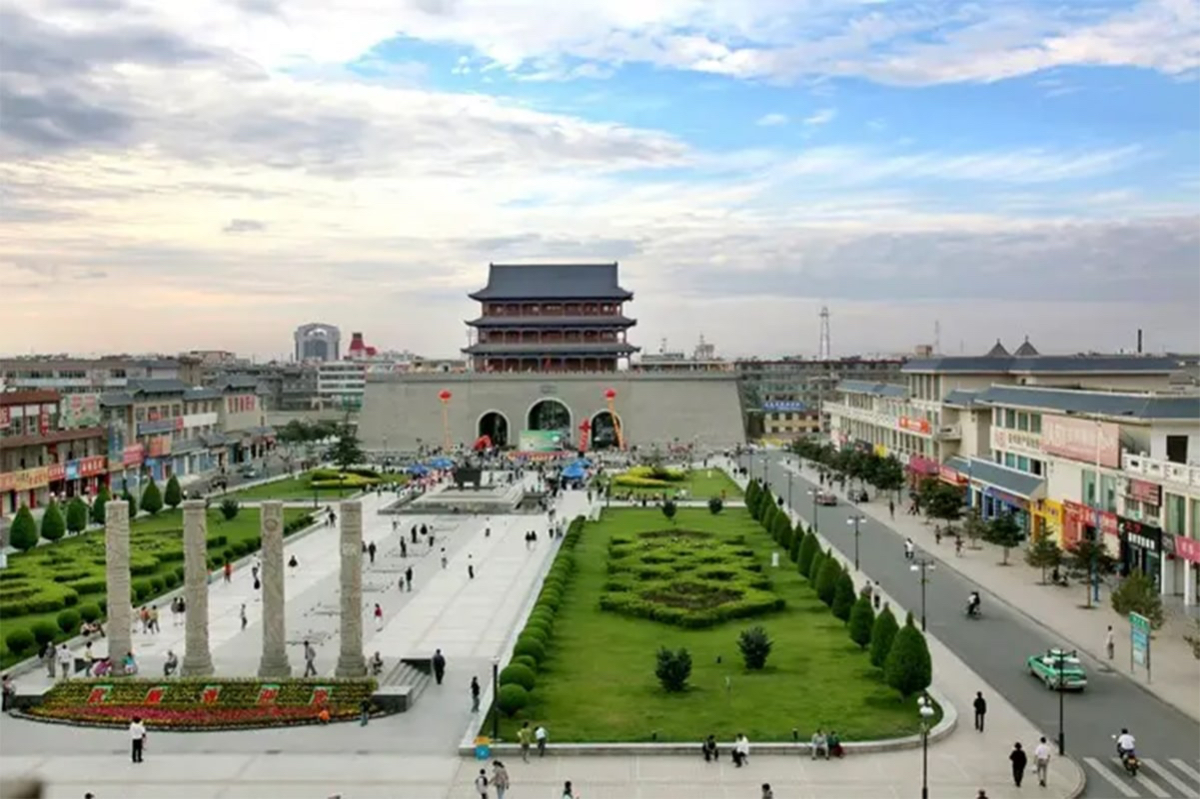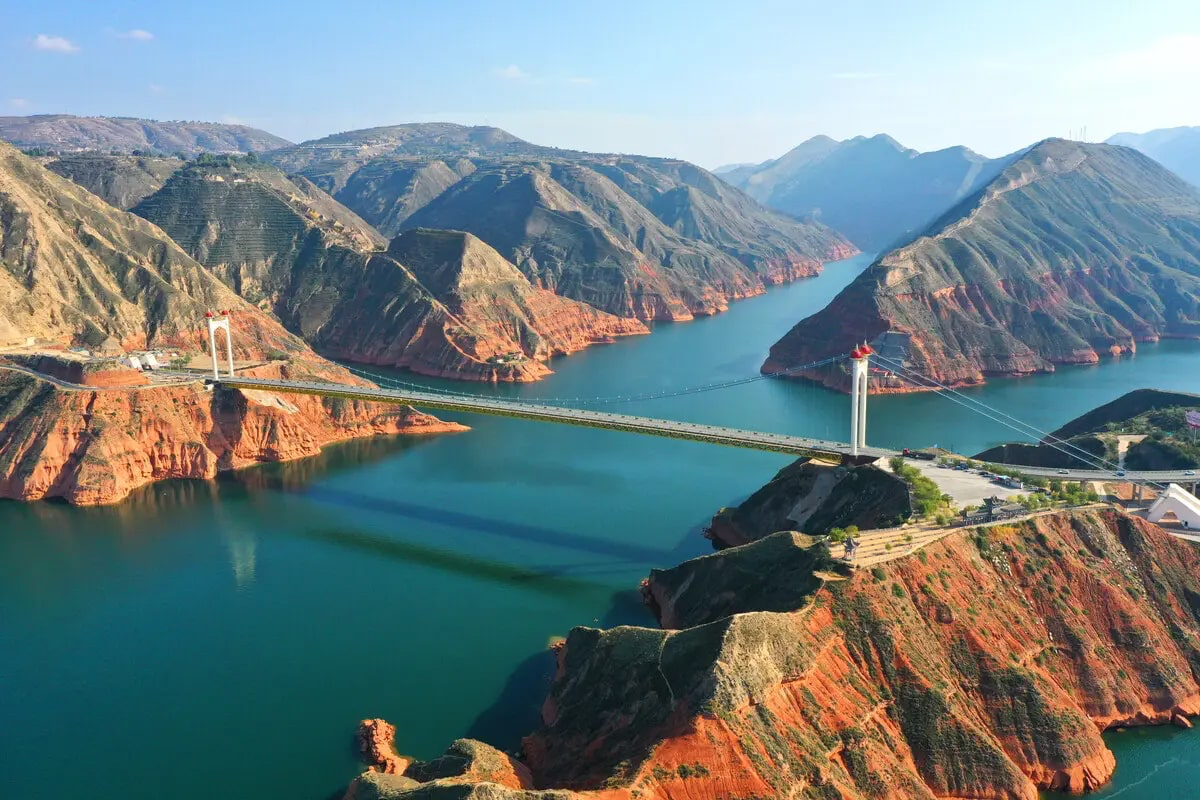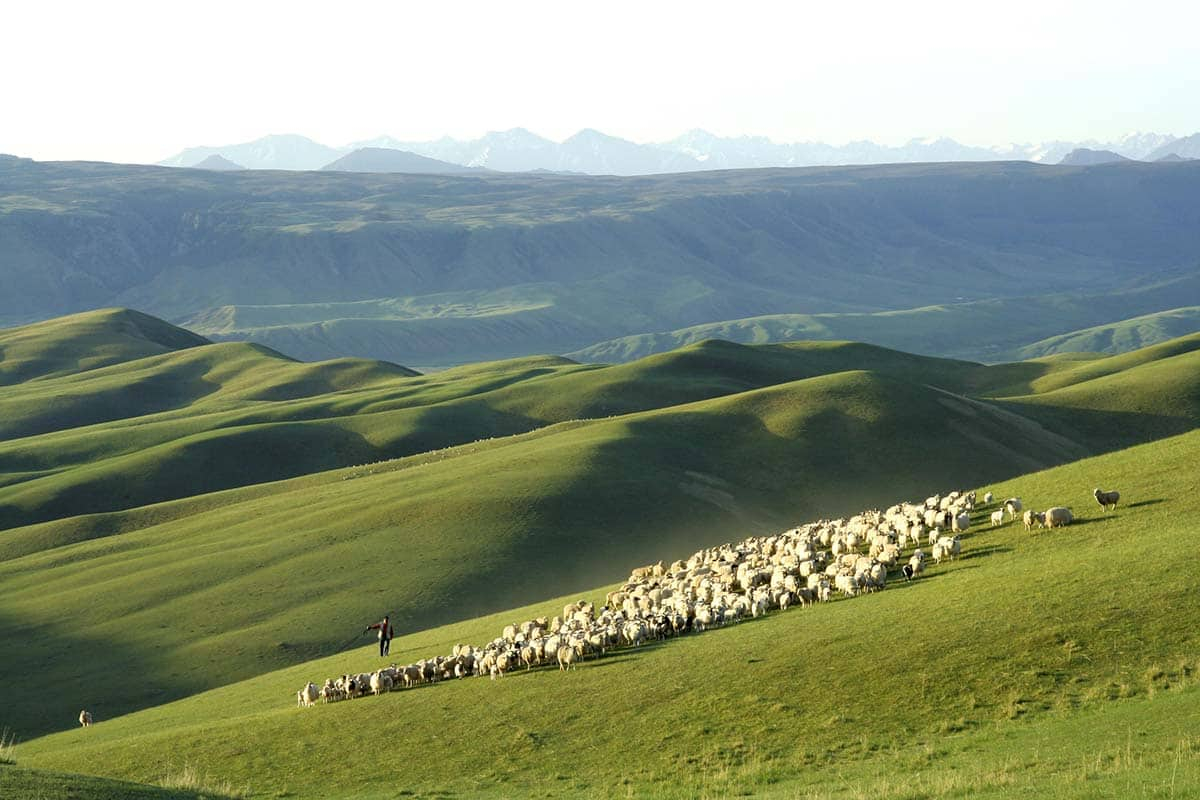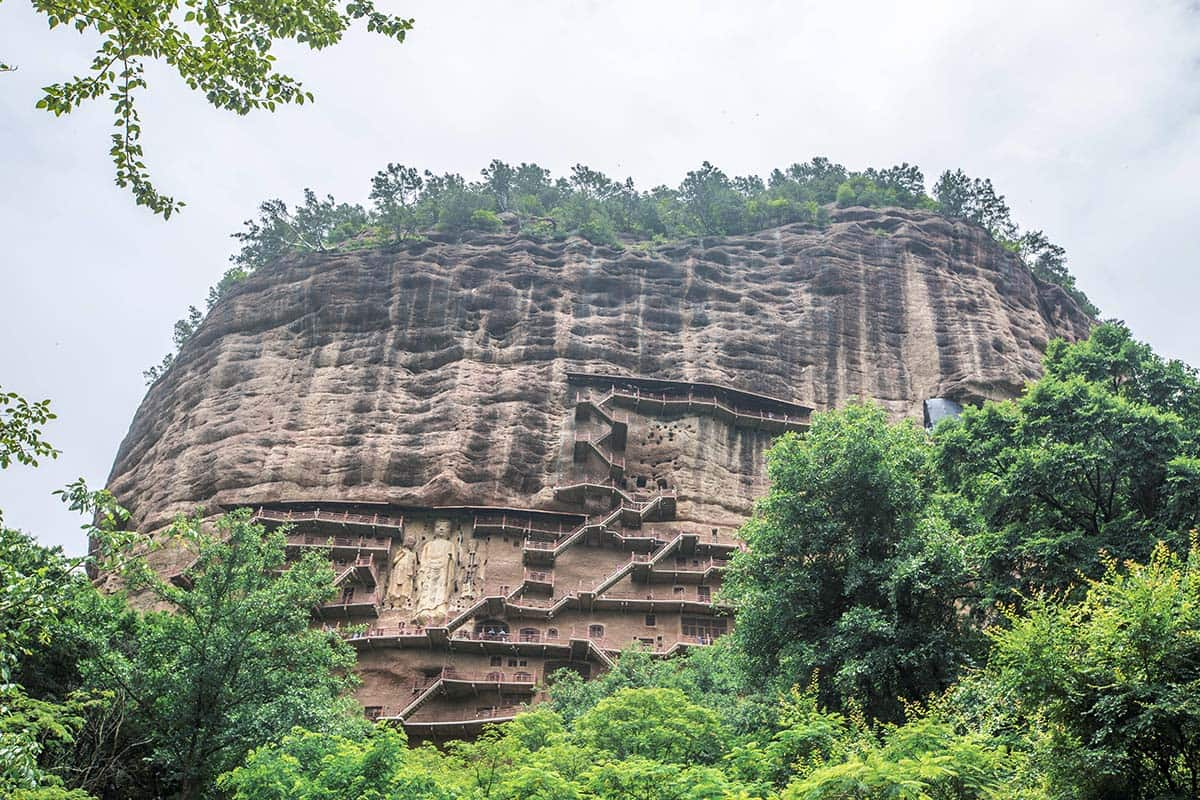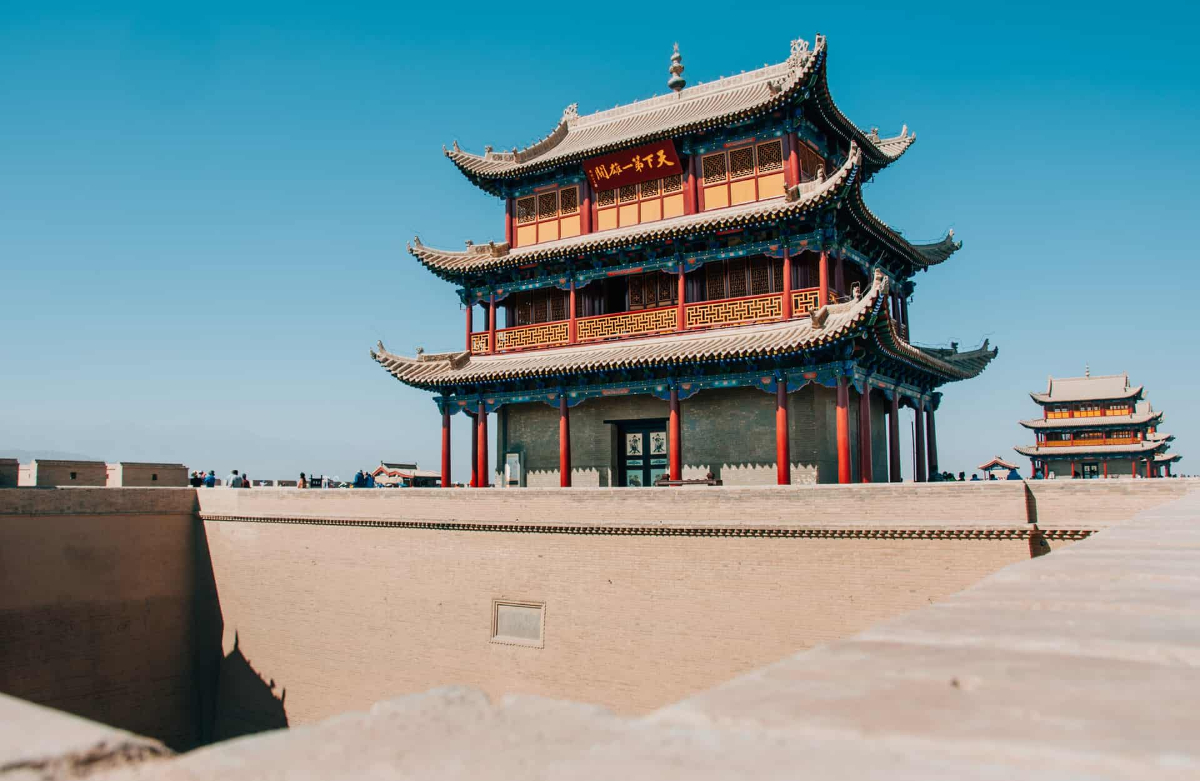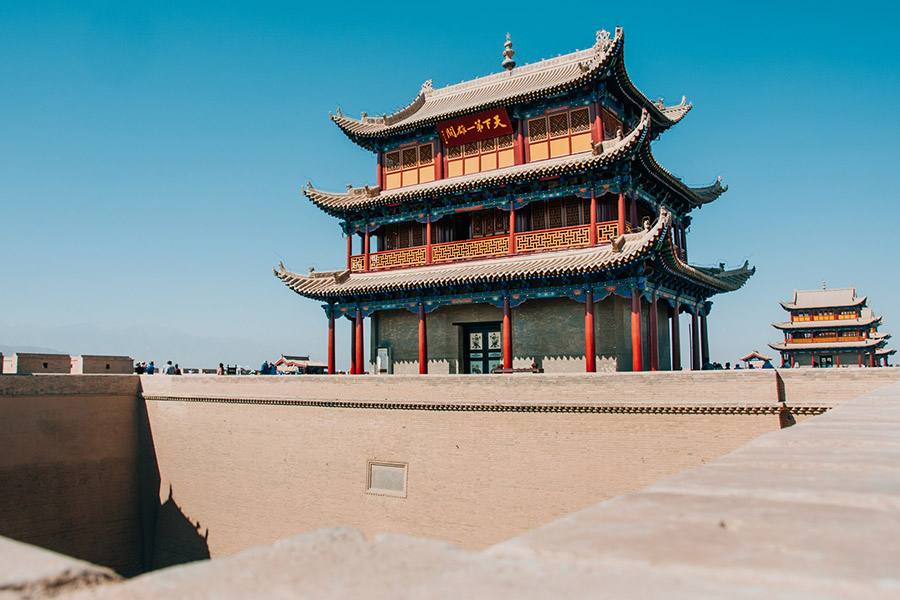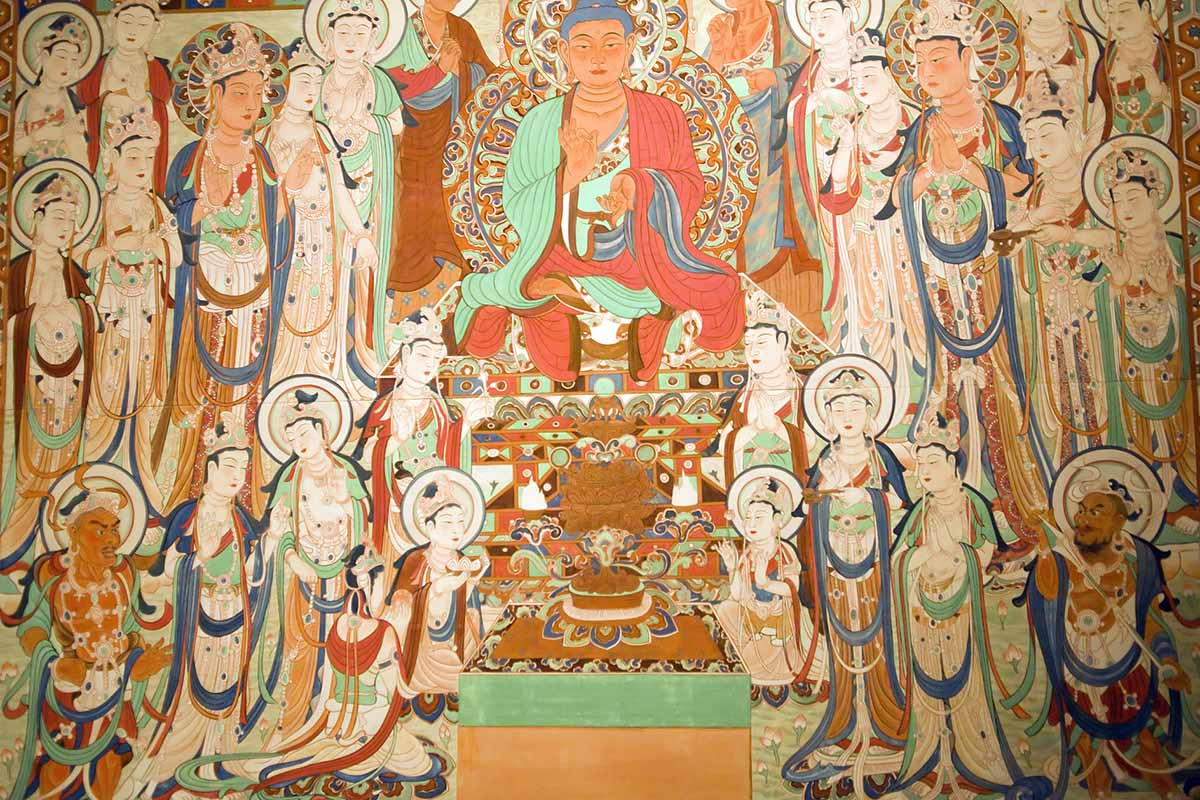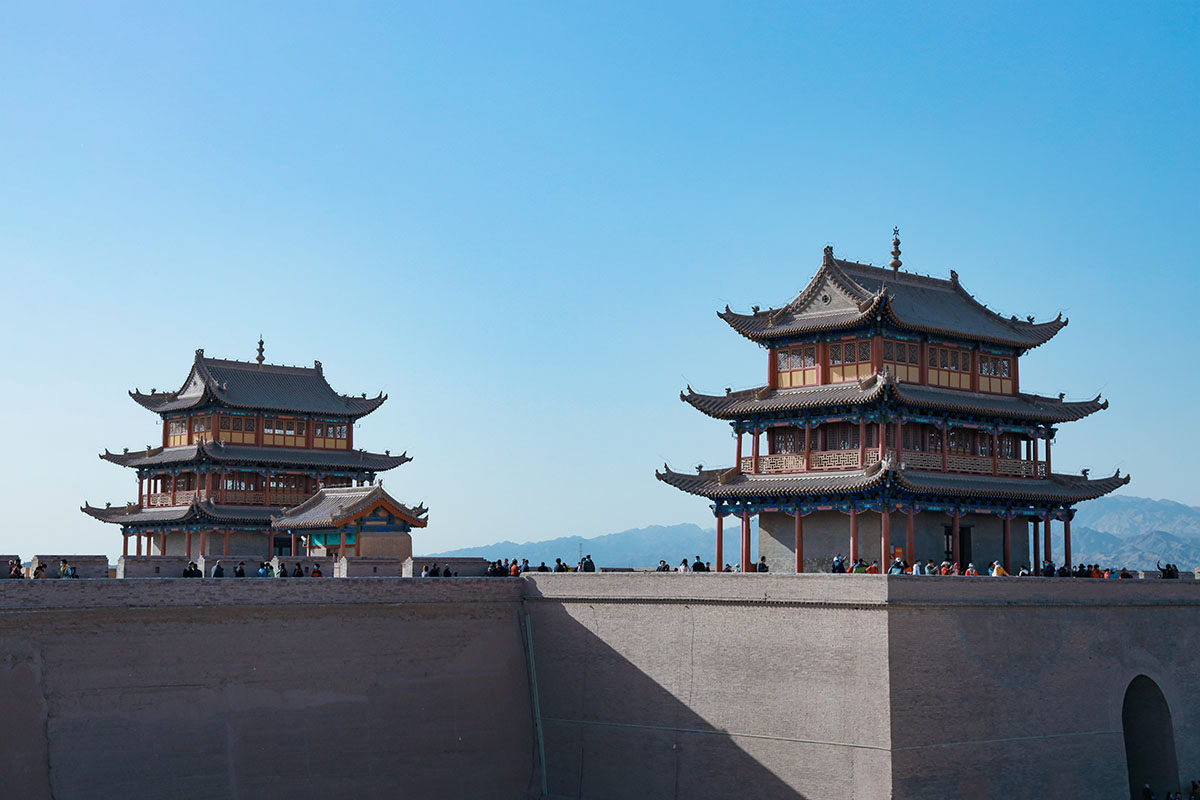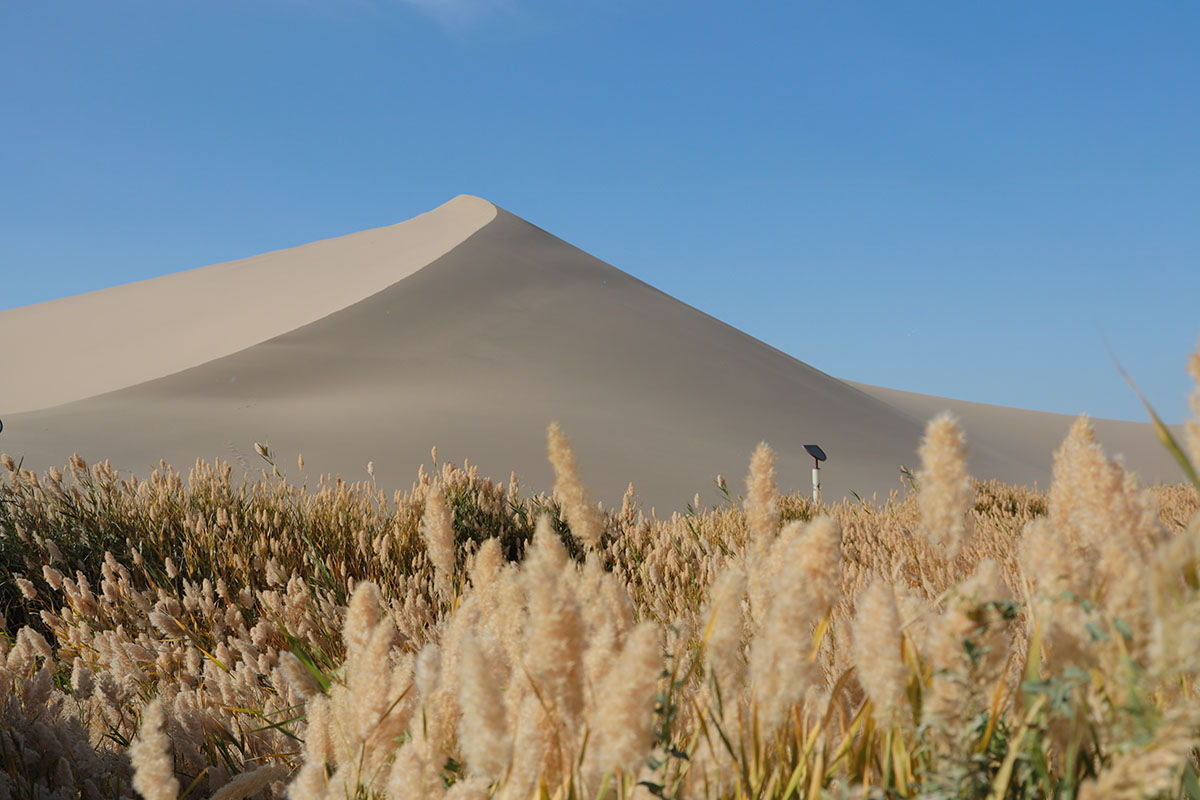Dunhuang: A city on the old silk road
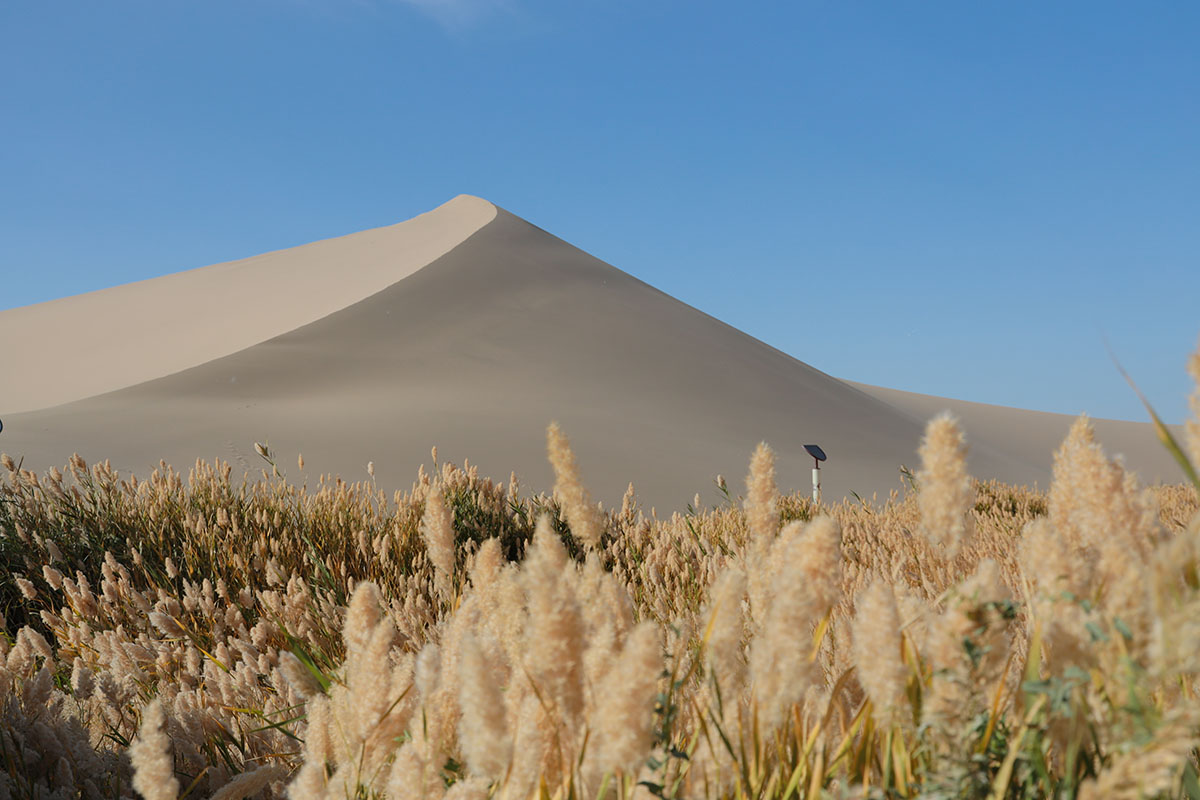
Dunhuang is situated at the westernmost end of the Hexi corridor. It is located at the western end of the Gansu (Hexi) Corridor and at the eastern end of the Taklamakan Desert, was very important historically, long ago referred to as ' Sha Zhou' (beautiful desert oasis) was the hub of middle and eastern silk routes in ancient times.
Dunhuang has always served as a critical gateway to the west, because of its unique geographical location——at the juncture of Gansu, Qinghai and Xinjiang.
The city was founded by Emperor Wudi of the Han dynasty in 111 BC at the cross roads of two trading routes on the Silk Road, and the name 'Dunhuang', meaning to 'to flourish and prosper,' gives some indication of the town's prominence in ancient China.
Buddhism reached China via the Silk Road and this is one of the more important Buddhist sites on that route. The famous Buddhist monks Faxian and Xuanzang passed through Dunhuang en route to India in their quest for new knowledge of Buddhism at its source. The Tangut or Western Xiaruled a substantial kingdom in the area, with its capital at Yinchuan, for centuries until the Mongol conquest in the 1200s. They were the main sponsors of Buddhist construction at Dunhuang.
For many periods of Chinese and Inner Asian history, it marked the western limit of direct Chinese administrative control and military authority. Located near one of the important nodes of the routes across Eurasia, Dunhuang experienced a variety of cultural influences. For example, perhaps the most important early translator of Buddhist scriptures in China, the monk Kumarajiva from Kucha in the Tarim Basin, worked at Dunhuang before he went to Ch'ang-an.
Dunhuang was the main communication post between ancient China and the rest of the world. Christian and Jewish artifacts have been found in the area, showing the variety of travelers who made the journey along the Silk Road. Its style has fascinated travelers for ages. The Thousand Buddha Grottoes (or Mogao Caves) to the southeast of the city are a precious treasure trove of Buddhist art.
There are exquisite wall paintings and statuary. Head northwest from Mogao Caves to the Great Wall at Yumen Pass and the Great Wall at Yang Pass to see the remnants of the Han Dynasty Great Wall, which were left behind in these famous mountain passes. Dunhuang's natural landscape is extremely worth seeing and enjoying. The wondrously multicolored Danxia Landform is a favorite place among photography lovers.
- HOTEST
- RECOMMEND
